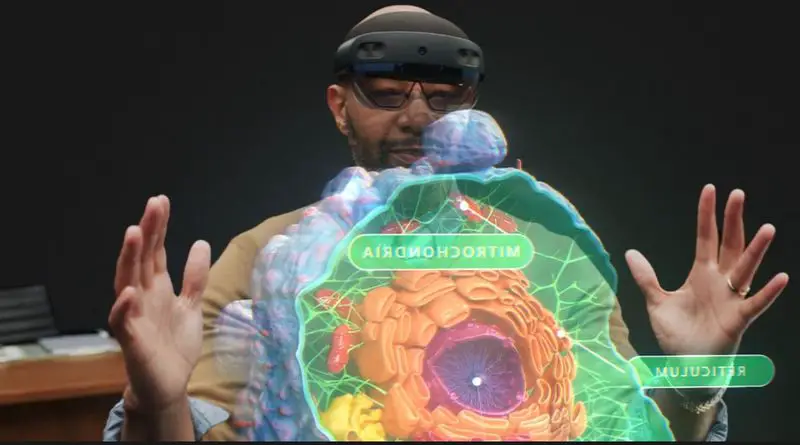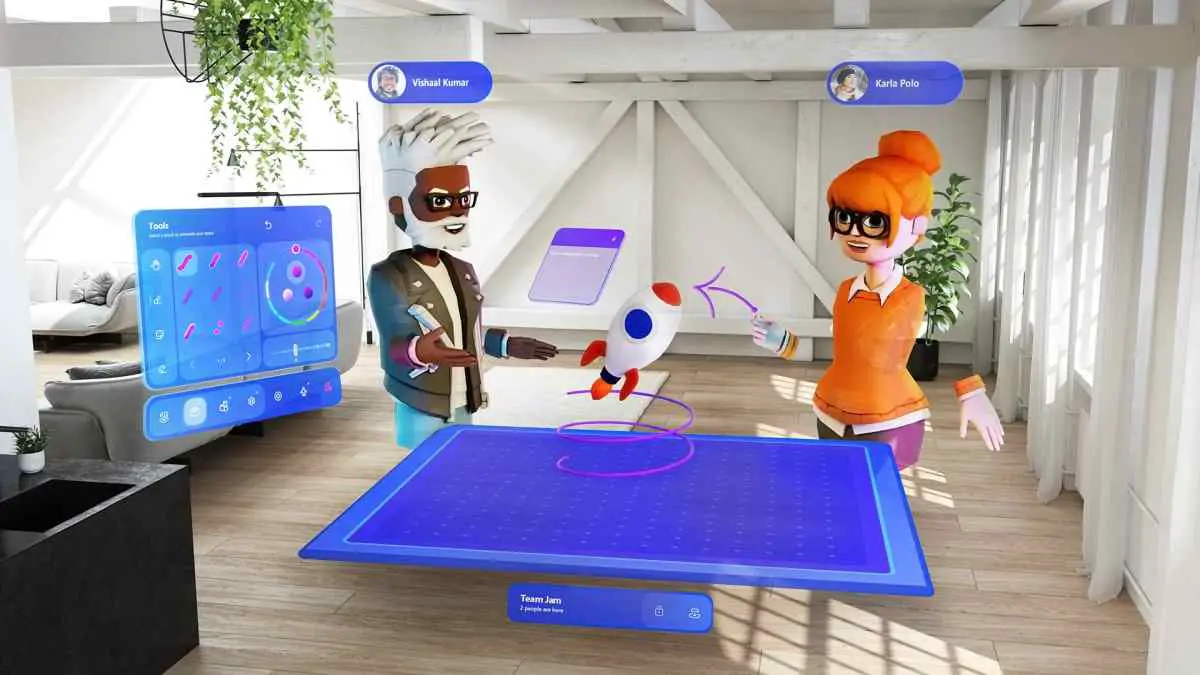It was early last March when Microsoft Mesh was launched, the new collaborative platform through Microsoft’s Mixed Reality, offered from the company’s cloud, Azure, to enable collaborative experiences between users who may be in different parts of the world, being able to access through different devices, as it is cross-platform.
Microsoft Mesh app for HoloLens 2 debuts new interface
Those users who make use of Microsoft Mesh through the HoloLens 2, now have an update to their application, which is waiting through the Microsoft Store.
As exposed from the list of new features, this version enjoys a completely redesigned user interface to bring a “cohesive, intuitive and enjoyable” experience through the arrival of, among other aspects, new icons, animations, table, avatar menu, 3D UI, and magic windows to Mixed Reality experiences.
The long-awaited co-location feature also arrives, allowing users who are available in the same location to be with each other without the need for avatars, while remote users will be represented by avatars. There is no doubt that this feature focuses on the hybrid work model.

New brushes and sounds are coming, to the point of hosting more than 40 “unique brushes with unique sounds”. As they relate:
These include a wide variety of styles and effects including animation, particles, extrusions, solid patterns, and natural shapes. Use a large brush size to see more detail. Furry, fuzzy, and floral brushes are some fun favorites.
Two additional experimental features also arrive. Eye Gaze, for selecting and manipulating holographic content once it’s been turned on, and sticky notes, which may be found in the Tools menu under the Stickers submenu and used to add quick notes in their designated areas using voice or keyboard input, are two such examples.
In this way, Microsoft Mesh for HoloLens 2 prepares for the return to the routine of employees to their respective jobs, with an approach that also clearly looks towards the hybrid work model, as we have just seen, although for now it is still limited in terms of supported languages, giving support only to US English, although it will be a matter of time before it can be internationalized.





